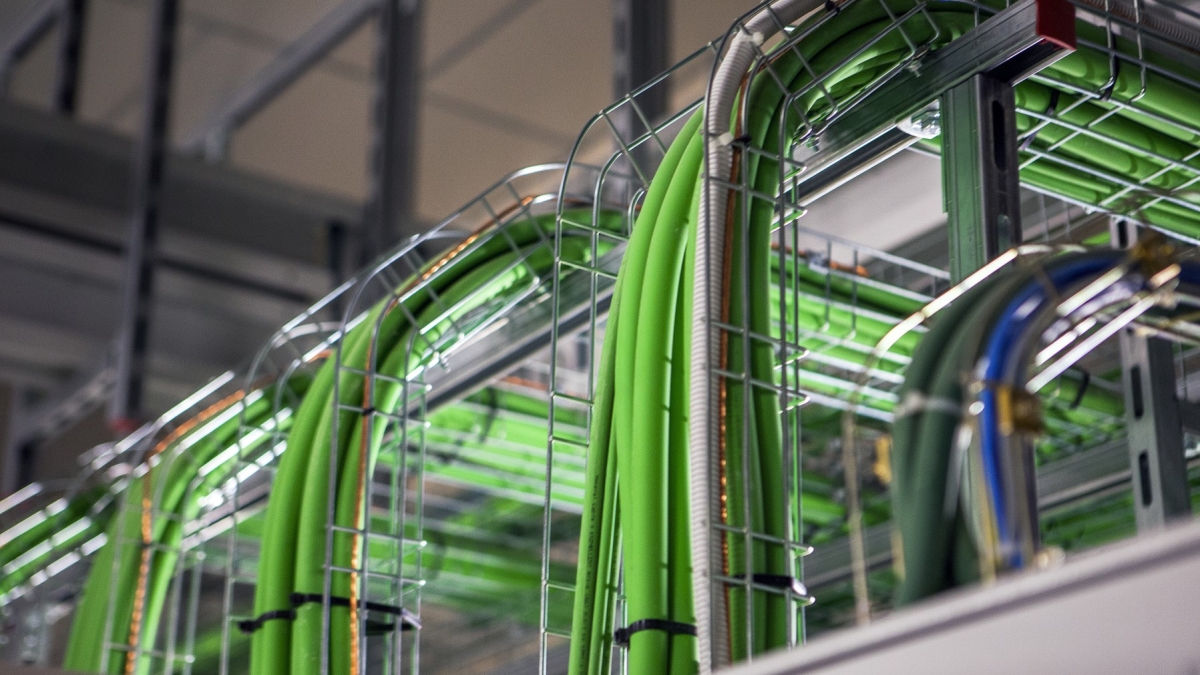
How DCIM can Help Utility Companies
Article by Michael Kurniawan, Vice President - Singapore, Malaysia & Brunei, Secure Power Division, Schneider Electric.
Like data centres, utility companies have a very low tolerance for downtime. Failures do happen though and might stem from the failure of critical subsystems, accidents such as the severing of a pipe or high voltage link, or an Act of God such as extreme weather events that culminate in compromised substations and localised outages.
If there is a common denominator, it would be how utility firms can benefit from data insights and visibility into core systems to run their businesses more efficiently. Indeed, with hundreds of thousands of households and businesses reliant on a typical utility, there’s a lot of data generated that can be leveraged.
How DCIM helps avoid service disruptions
It is for this reason that a Data Centre Infrastructures Management (DCIM) solution can help utility companies. Traditionally deployed within data centres, a DCIM is designed to monitor, measure, and manage machinery and IT systems. With a DCIM, utilities can deliver services more reliably and efficiently, with clear visibility into every aspect of the distribution grid.
Aside from improved management, DCIM can help utility companies in the remote management of multiple sites and the devices they house by monitoring their status and detecting changes.
Moreover, next-gen DCIM systems might also offer advanced capabilities such as machine learning (ML), allowing utilities to rely on algorithms and statistical modelling to optimise every facet of operations. This is increasingly vital considering the rapid rollout of the Internet of Things (IoT) solutions powered meters globally, also known as Advanced Metering Infrastructure (AMI) meters.
For instance, Internet-connected sensors will be able to accurately quantify water consumption or used to identify leaks in real-time. With enough data, prognostic analytics can allow utilities to predict impending failures for rectification and heightened uptime.
In Singapore, smart meters are being progressively pushed out for electricity consumption to be measured at half-hourly intervals. More than 290,000 advanced meters are deployed as of 2019, while the remaining 1.1 million households will have advanced meters installed by 2024.
DCIM in data centres
Within data centres, DCIM plays a vital role in ensuring the reliability and availability of power and cooling within the facility. Operators hence gain a better understanding of their environments, allowing them to proactively address failing systems and quickly pinpoint root causes of failure when every second matters.
One growing trend worth mentioning is the rise of cloud-based DCIM capabilities such as Data Centre Management as a Service (DMaaS), which plays a crucial role to help enterprises ensure the reliability and availability of their distributed infrastructure.
A DMaaS deployment might offer cloud-based capabilities such as monitoring and reporting tools to ensure that the edge data centre meets goals around availability, reliability, and energy efficiency. Crucially, 24/7 remote monitoring and troubleshooting ensures that enterprises can rest easier at night, safe in the knowledge that mission-critical edge systems are operating optimally.
You can read more about EcoStruxure IT cloud-based monitoring at this link.
























 Advertise
Advertise






